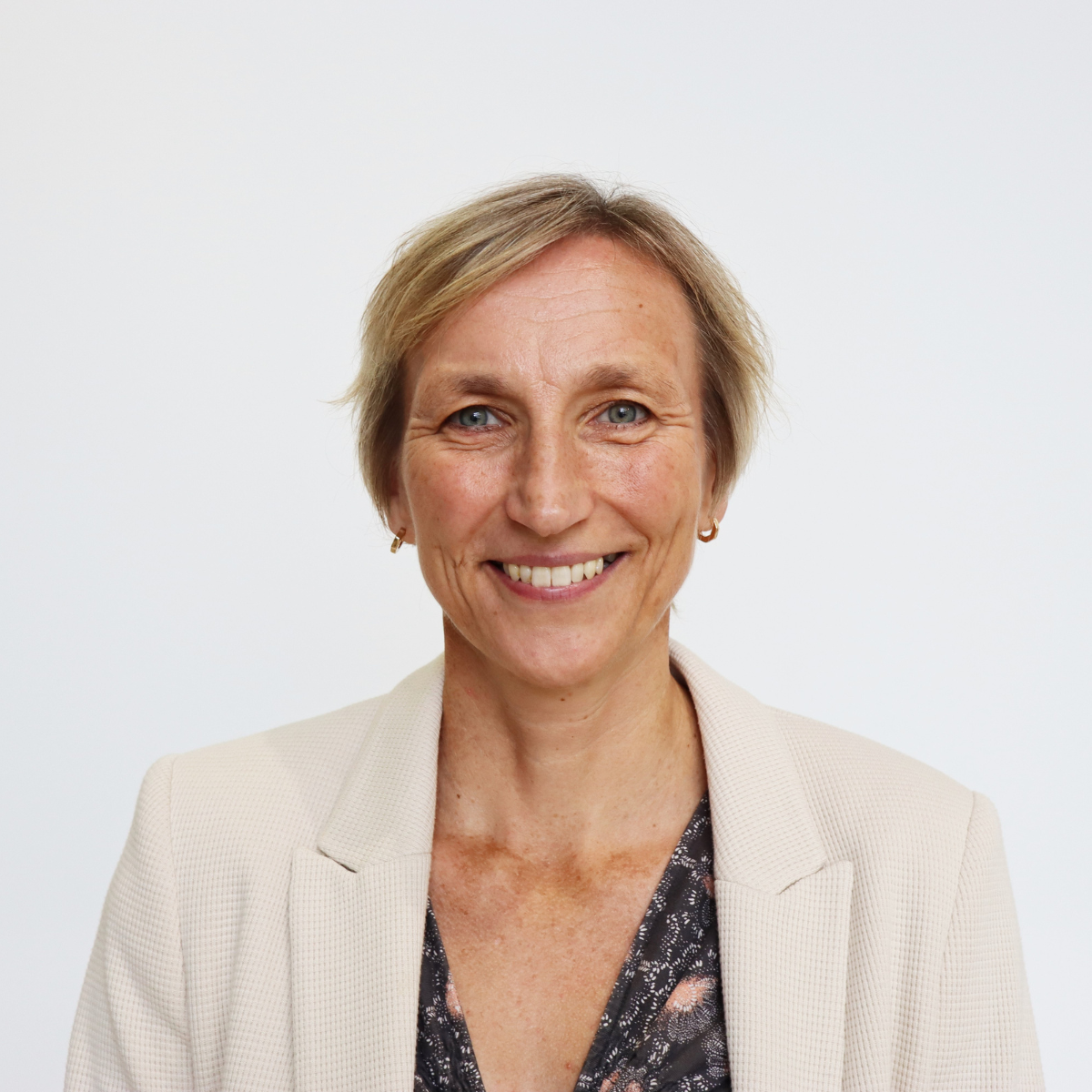Most genetic alterations linked to disease aren’t in genes but are in the ‘dark genome’. Nucleome is using new technology to shine a light in these unknown depths and find the hidden genetic connections to disease.
All in Health
Naomi Allen: What can 500,000 genomes tell us about human health?
UK Biobank has made half a million whole genome sequences available for research - so what can we learn from them?
Larry Moran: What’s in your genome?
If less than two per cent of your genome is actual genes, then what’s the rest? Is it just junk?
Inside HIV: The genetic story of the AIDS epidemic
From the beginning of the AIDS crisis to the possible end of HIV, we’re looking at the genetic story of this unusual retrovirus 40 years after it was first discovered.
Antony Dodd: Manipulating malaria by changing the clocks
All sorts of organisms have circadian rhythms, and Professor Antony Dodd is using our knowledge of clock genes to target malaria and herbicide use
Carrie Partch: Stop the clocks - when circadian genes go wrong
Professor Carrie Partch is researching what happens when circadian rhythm genes go wrong and whether we can create drugs for jet lag.
Priya Crosby: Tick tock - how can genes tell the time?
We chat with Dr Priya Crosby who is interested in how circadian rhythms work at the cellular level, and how molecules can tell the time.
Going round in circles: The story of extrachromosomal DNA
While most of an organism’s DNA is packaged into chromosomes, that’s not the whole story.
Christian Ottensmeier: Fighting cancer with vaccines
Rather than protecting us from disease, cancer vaccines aim to harness the power of the immune system to eradicate tumours.
Lisa Caproni: Inside the DNA factory
We discover how Touchlight’s method for making DNA could transform the production of nucleic acid vaccines.
John Tregoning: How nucleic acid vaccines can protect us from infectious disease
We look at the science behind DNA and RNA vaccines, and how they can keep us safe from infections like COVID19 and more.
Cordelia Langford: The stories behind the sequencing
Cordelia Langford is the Director of Scientific Operations at the Wellcome Sanger Institute. Her career has spanned the early days of DNA sequencing to the Human Genome Project and today’s industrial-scale genomic pipelines.
Lucy van Dorp: Tracking SARS-CoV-2 around the world, from animals to humans and back again
At the beginning of 2020, UCL group leader Lucy van Dorp set to work using her genetic analysis skills to track the SARS-CoV-2 virus as it spread and mutated in animals as well as humans, providing vital insights to help us understand and tackle the pandemic.
Cecilia Lindgren: Understanding the genetics of obesity to support healthy weight loss
Cecilia Lindgren is Professor of Genomic Endocrinology & Metabolism at the University of Oxford, and director of the Big Data Institute. She’s dedicated her career to understanding why and how people become overweight and obese, and how we can help them.
Could your DNA become art?
Discover how bio-inspired artists Paul Vanouse and Heather Dewey-Hagborg are incorporating DNA into their work.
CSI Renaissance: DNA from Da Vinci, Beethoven and Van Gogh
Researchers are uncovering the secrets of legends like Da Vinci, Beethoven and Van Gogh by sequencing DNA from historical artefacts and living relatives.
Faking it: Using DNA to authenticate art
Modern-day DNA technology is helping to solve the ancient problem of art forgery.
Meet the DNA Detectives hunting the causes of cancer
We’re chasing down the perpetrator of a scientific Whodunnit, joining the DNA detectives on the hunt for the causes of cancer.
Kira Dineen: A genetic counsellor’s view on DNA testing
Kira Dineen discusses what Chris Hemsworth’s APOE gene findings mean, her role as a genetic counsellor, and the pros and cons of direct-to-consumer genetic tests.
Gunes Taylor: Genome editing in plants, animals and humans.
Gunes Taylor discusses how CRISPR/Cas9 technology may be used in agriculture, livestock and human health.




















